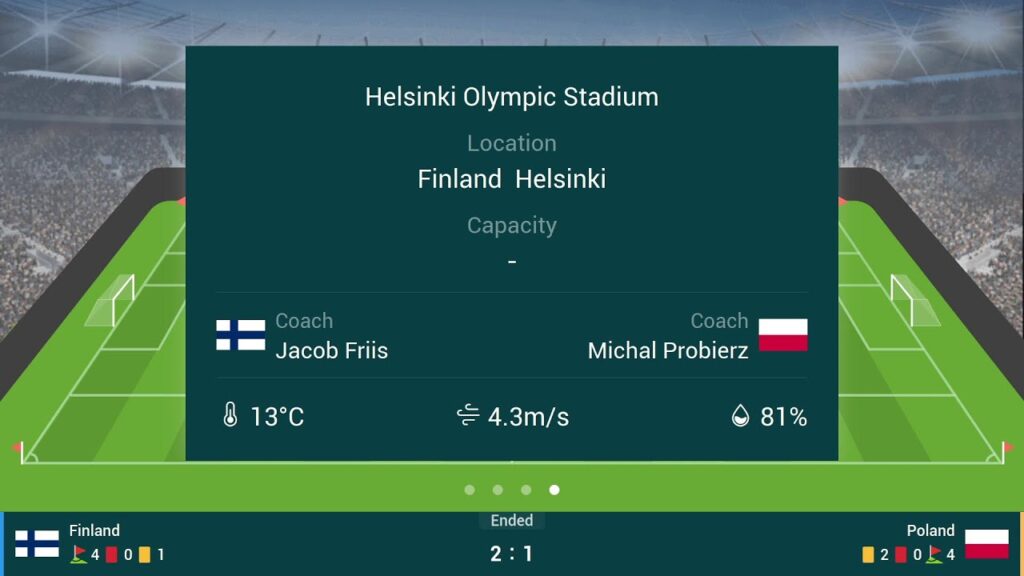
Introduction
The comparison between Finland and Poland serves as a fascinating exploration of two European nations that share a commitment to democratic values while displaying unique cultural and socioeconomic traits. With their diverse histories and distinct geographical landscapes, understanding the contrasts and similarities between these countries is important not only for academics and geopolitical analysts but also for general audiences interested in European dynamics.
Cultural Differences
Finland, known for its high quality of life, boasts a rich tradition in design, music, and literature, often emphasizing minimalism and functionality. The Finnish love for nature is evident in their cultural practices, with strong ties to outdoor activities, sauna traditions, and a unique educational system that emphasizes creativity and independence.
On the other hand, Poland has a vibrant cultural heritage, steeped in history and influenced by various European cultures. Polish cuisine, characterized by hearty dishes and delectable pastries, contrasts with Finland’s simplicity. The country also takes pride in its historical crafts, music, and dance, reflecting its resilience and diversity.
Economic Overview
Economically, Finland consistently ranks high on global indices for innovation and productivity. With a strong technology sector—home to companies like Nokia—Finland has developed a robust economy that promotes IT and startup culture.
Poland, as one of the fastest-growing economies in Europe, showcases a combination of manufacturing, services, and agriculture. Poland’s position in the EU has spurred investments, leading to growth and job creation, particularly in sectors like IT and logistics. The contrast between Finland’s advanced economy and Poland’s transitioning market reflects different stages of development, with both countries facing challenges such as inflation and labor market dynamics.
Political Context
Politically, Finland prides itself on its transparency and low corruption levels, earning recognition as one of the most stable democracies in the world. Its active participation in international organizations and commitment to environmental sustainability are notable.
Conversely, Poland has experienced political shifts in recent years, with debates surrounding rule of law and media freedom prompting discussions in EU circles. The Law and Justice Party’s governance has sparked both support and opposition domestically and internationally, affecting Poland’s relations with other nations.
Conclusion
The comparison of Finland and Poland reveals a tapestry of cultural, economic, and political dimensions that shape each nation’s identity. While Finland exemplifies Nordic social democracy, Poland showcases the resilience and adaptability of Eastern Europe. Looking ahead, both nations face opportunities and challenges as they navigate global trends, ultimately influencing their futures. Understanding these dynamics is essential for fostering stronger connections and collaborations across Europe.



